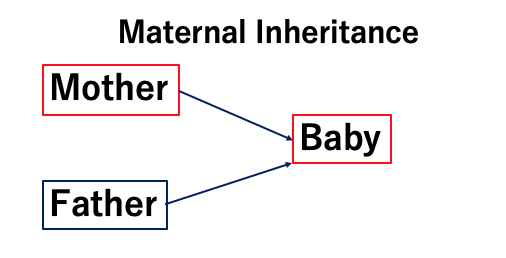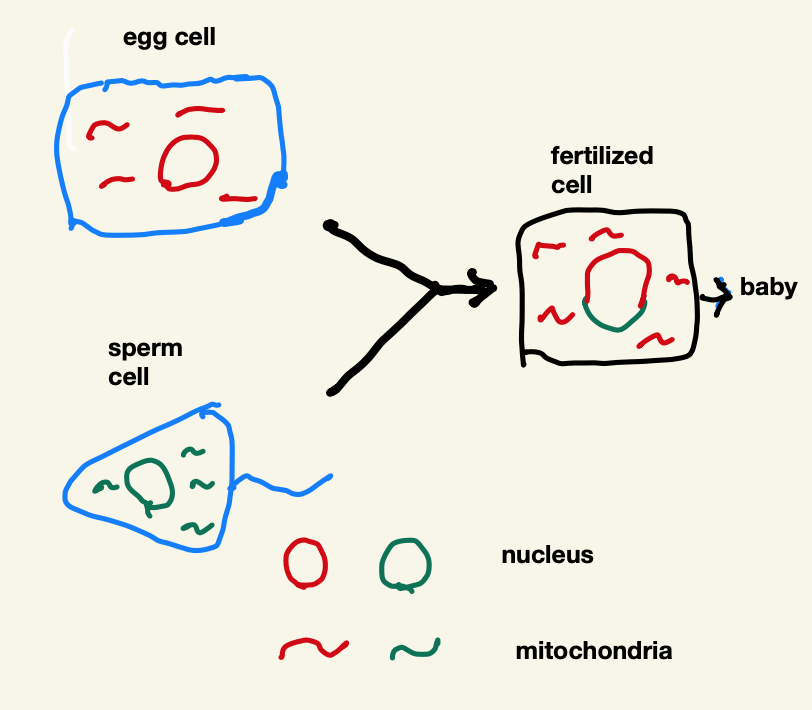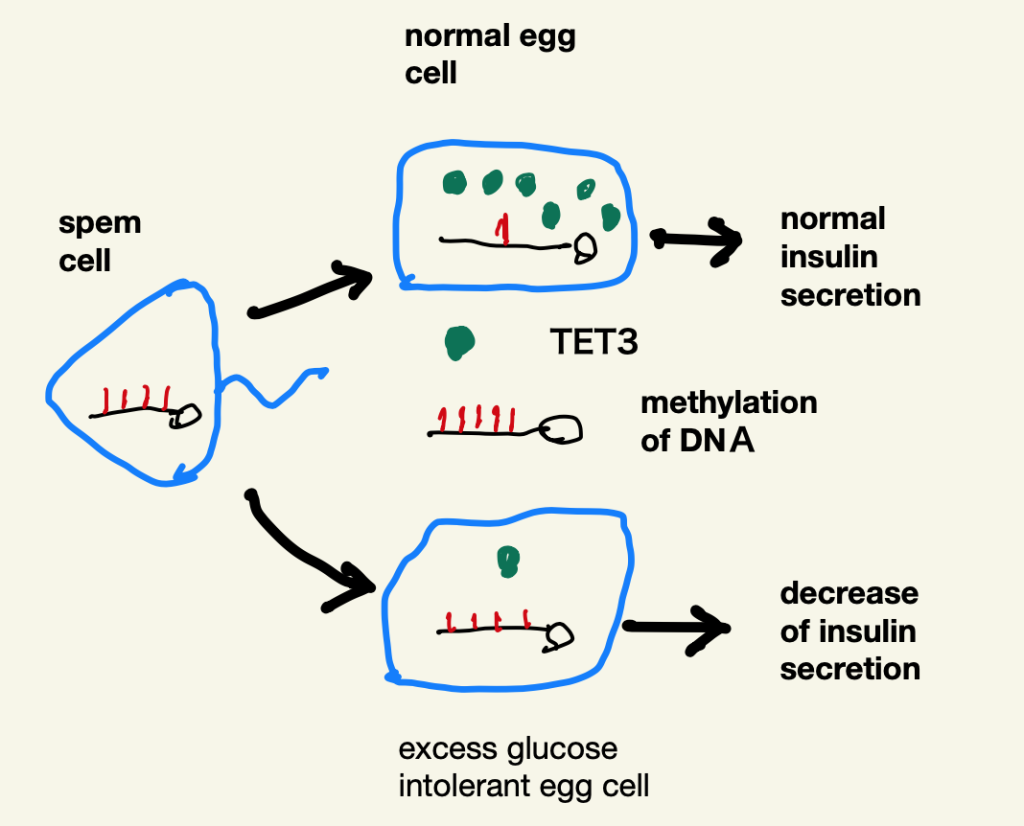
What traits of maternal inheritance are important for our health?
We inherit one copy of genes from our father and one from our mother in sperm and ovum, which unite to form our body. However, some kinds of genetic information, called “maternal inheritance”, come only from the mother’s side. Here, a recent paper from the journal Nature (2022, May issue) is introduced on the importance of maternal inheritance for our health.

The paper, by B. Chan et al (“Maternal Inheritance of Glucose Intolerance via TET3 Insufficiency” Nature (2022) 605, p761-p766), shows that a child is at greater risk of diabetes mellitus if his/her mother suffers from diabetes before and during pregnancy. New findings from the authors shed light on the background of this risk. For a better understanding, let’s examine how diabetes mellitus occurs, as described previously in this home page (Nov. 21st, 2021 News). People who suffer from diabetes mellitus have blood glucose levels higher than 100mg/dl. There are 2 causes of hyperglycemia (high blood glucose levels): one is overeating, and the second is a hereditary malfunction of insulin secretion from the pancreas. Continuous hyperglycemia may cause loss of vision, brain infarction, etc. Diabetes caused by overeating is called a “lifestyle dependent disease”. Those with diabetes need to take insulin injections to lower glucose levels. A constant state of hyperglycemia induces lower insulin secretion.

Why would a baby born from a diabetic mother have a higher risk of diabetes mellitus? According to the study by B. Chen et al., proteins required for insulin secretion are lower in babies born to diabetic mothers. A protein named TET3 is a key protein that switches on and/or off the genes of proteins required for insulin secretion, and also performs an enzyme activity of removing methyl groups from the DNA (Fig. 2). This removal makes gene transcription possible to start protein synthesis. The ova of diabetic women contain lower amounts of TET3 than non-diabetic women. In the fertilized ovum of a diabetic woman, the removal of methyl groups from the father’s DNA becomes lower because of insufficient TET3. As a result, protein levels required for insulin secretion become lower in the fetus, indicating that a mother’s physical condition may affect that of her baby. This is new, important knowledge to prevent diabetes in children.
When fertilization occurs, as the sperm enters the ova, most mitochondria in the sperm cannot enter. The small number of mitochondria able to enter are removed through a mechanism known as autophagy (M. Sato and K. Sato, “Saishin Igaku” in Japanese (2017) 72, 211-217) (Fig. 1). Therefore, our cellular mitochondria originally come exclusively from our mother. Based on this finding, mitochondrial DNA found in the remains of ancient peoples has been analyzed. This research, based on traces of mitochondrial DNA transmission, has concluded that the first mother of Homo Sapiens, modern day humans, lived in northern Africa. Mutagenesis is known to easily occur in mitochondria DNA, possibly leading to mitochondria related disorders called mitochondria myopathy. These types of syndromes are transferred through the maternal inheritance of mitochondria. It clearly demonstrates the importance of an expectant mother’s physiological condition for her children.
